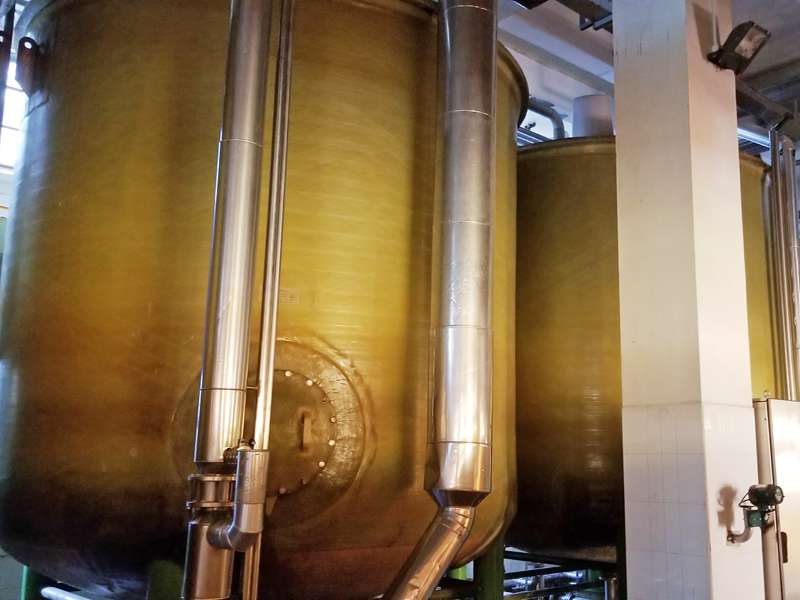
-
 Afrikaans
Afrikaans -
 Albanian
Albanian -
 Amharic
Amharic -
 Arabic
Arabic -
 Armenian
Armenian -
 Azerbaijani
Azerbaijani -
 Basque
Basque -
 Belarusian
Belarusian -
 Bengali
Bengali -
 Bosnian
Bosnian -
 Bulgarian
Bulgarian -
 Catalan
Catalan -
 Cebuano
Cebuano -
 China
China -
 China (Taiwan)
China (Taiwan) -
 Corsican
Corsican -
 Croatian
Croatian -
 Czech
Czech -
 Danish
Danish -
 Dutch
Dutch -
 English
English -
 Esperanto
Esperanto -
 Estonian
Estonian -
 Finnish
Finnish -
 French
French -
 Frisian
Frisian -
 Galician
Galician -
 Georgian
Georgian -
 German
German -
 Greek
Greek -
 Gujarati
Gujarati -
 Haitian Creole
Haitian Creole -
 hausa
hausa -
 hawaiian
hawaiian -
 Hebrew
Hebrew -
 Hindi
Hindi -
 Miao
Miao -
 Hungarian
Hungarian -
 Icelandic
Icelandic -
 igbo
igbo -
 Indonesian
Indonesian -
 irish
irish -
 Italian
Italian -
 Japanese
Japanese -
 Javanese
Javanese -
 Kannada
Kannada -
 kazakh
kazakh -
 Khmer
Khmer -
 Rwandese
Rwandese -
 Korean
Korean -
 Kurdish
Kurdish -
 Kyrgyz
Kyrgyz -
 Lao
Lao -
 Latin
Latin -
 Latvian
Latvian -
 Lithuanian
Lithuanian -
 Luxembourgish
Luxembourgish -
 Macedonian
Macedonian -
 Malgashi
Malgashi -
 Malay
Malay -
 Malayalam
Malayalam -
 Maltese
Maltese -
 Maori
Maori -
 Marathi
Marathi -
 Mongolian
Mongolian -
 Myanmar
Myanmar -
 Nepali
Nepali -
 Norwegian
Norwegian -
 Norwegian
Norwegian -
 Occitan
Occitan -
 Pashto
Pashto -
 Persian
Persian -
 Polish
Polish -
 Portuguese
Portuguese -
 Punjabi
Punjabi -
 Romanian
Romanian -
 Russian
Russian -
 Samoan
Samoan -
 Scottish Gaelic
Scottish Gaelic -
 Serbian
Serbian -
 Sesotho
Sesotho -
 Shona
Shona -
 Sindhi
Sindhi -
 Sinhala
Sinhala -
 Slovak
Slovak -
 Slovenian
Slovenian -
 Somali
Somali -
 Spanish
Spanish -
 Sundanese
Sundanese -
 Swahili
Swahili -
 Swedish
Swedish -
 Tagalog
Tagalog -
 Tajik
Tajik -
 Tamil
Tamil -
 Tatar
Tatar -
 Telugu
Telugu -
 Thai
Thai -
 Turkish
Turkish -
 Turkmen
Turkmen -
 Ukrainian
Ukrainian -
 Urdu
Urdu -
 Uighur
Uighur -
 Uzbek
Uzbek -
 Vietnamese
Vietnamese -
 Welsh
Welsh -
 Bantu
Bantu -
 Yiddish
Yiddish -
 Yoruba
Yoruba -
 Zulu
Zulu
high-pressure fiberglass piping system
High-Pressure Fiberglass Piping Systems An Overview
High-pressure fiberglass piping systems have gained significant traction in various industrial applications due to their exceptional strength, lightweight properties, and resistance to corrosion. These advanced piping systems are engineered from fiberglass reinforced polymer (FRP), combining the benefits of both fiberglass and resin to address the diverse needs of modern industries, including oil and gas, chemical processing, wastewater treatment, and more.
Composition and Manufacturing
High-pressure fiberglass piping systems are typically composed of a matrix of glass fibers embedded in a polymer resin. The most common resins used are epoxy, vinyl ester, or polyester. The manufacturing process often involves a technique called filament winding, where the glass fibers are wound around a rotating mandrel, creating a strong and durable pipe structure. The orientation of the fibers can be tailored to enhance specific properties, allowing engineers to customize the piping system to meet the demands of the application.
Key Advantages
1. Corrosion Resistance One of the most significant advantages of fiberglass piping is its resistance to corrosive chemicals, making it an ideal choice for industries that deal with aggressive fluids. Unlike traditional metal pipes, fiberglass does not rust or corrode, which extends the lifespan of the system.
2. Lightweight Fiberglass piping is much lighter than steel and other metal alternatives. This attribute not only reduces transportation costs but also simplifies installation. The lower weight decreases the structural load on supports and foundations, providing additional flexibility in design.
3. High Strength and Durability The incorporation of glass fibers imparts impressive strength and durability to fiberglass pipes, allowing them to withstand high pressures and temperatures. When properly designed and manufactured, these pipes can handle pressures that rival or exceed those of conventional piping materials.
high-pressure fiberglass piping system

4. Thermal Insulation Fiberglass has low thermal conductivity, which aids in reducing heat loss in piping systems, particularly in applications involving hot fluids. This characteristic can enhance energy efficiency and provide cost savings over time.
5. Low Maintenance Requirements Due to their durability and resistance to wear and chemical degradation, fiberglass piping systems typically require less maintenance than traditional metal piping. This quality translates into lower long-term operational costs for industries relying on these systems.
Applications
High-pressure fiberglass piping systems are versatile and applicable in a variety of industries. In the oil and gas sector, they are often used for transporting hydrocarbons and other substances at high pressures. In chemical processing plants, these pipes transport corrosive substances safely, minimizing the risk of leaks and spills. Additionally, their use in municipal water treatment facilities helps manage both waste and potable water efficiently.
Challenges
Despite their many benefits, high-pressure fiberglass piping systems are not without challenges. Installation requires skilled labor familiar with the specific joining techniques and handling characteristics of fiberglass materials. Furthermore, while fiberglass is resistant to many chemicals, it is essential to understand the limitations as some substances can still cause degradation over time.
Conclusion
High-pressure fiberglass piping systems represent a compelling solution for industries seeking durable, lightweight, and corrosion-resistant piping options. With advancements in manufacturing techniques and materials, these systems continue to evolve, adapting to the demands of more complex industrial applications. As industries worldwide prioritize efficiency, safety, and sustainability, high-pressure fiberglass piping systems are poised to play an increasingly vital role in meeting these goals. Their ability to combine performance with cost-effectiveness makes them an indispensable component of modern infrastructure and industrial processes.









